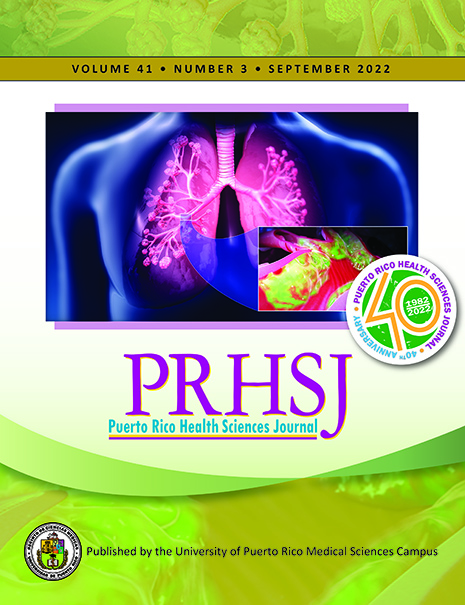Abstract
Objective: Our neurosurgical program did not have a cadaver laboratory. The need to create one arose following a decrease in elective cranial cases at our institution after Hurricane Maria. Many neurosurgical programs are in countries where financial support for projects such as developing a cadaver research laboratory cannot be expected from their parent institutions. This article describes how, despite limited resources, a neurosurgical cadaver dissection laboratory can be created and maintained to promote resident education and stimulate future research. Materials and Methods: The University of Puerto Rico Institutional Review Board evaluated and approved the proposal for creating a neurosurgical cadaver laboratory. The process to establish the laboratory was broken into steps. After obtaining the basic materials, the laboratory was created. Results: The creation of our neurosurgical cadaver laboratory was divided into discrete steps that can be undertaken by any institution with a similar goal. First, a suitable workspace was identified. Second, the surgical instruments and equipment required to perform dissections were obtained. Third, cadaveric specimens for dissection and for practicing surgical approaches were acquired. Last, documentation regarding the laboratory’s development was maintained, and an expansion plan was created. We created a dissection laboratory by gathering decommissioned or donated operating room equipment, seeking out contributions from other institutions, and, sometimes, by monetary contribution from the faculty or residents. Conclusion: Clear goals, interdepartmental collaboration, and a high degree of motivation were essential in creating, despite limited resources, a working neurosurgical cadaver laboratory to improve resident education.
Authors who publish with this journal agree to the following terms:
a. Authors retain copyright and grant the journal right of first publication with the work simultaneously licensed under a Creative Commons Attribution License that allows others to share the work with an acknowledgement of the work's authorship and initial publication in this journal.
b. Authors are able to enter into separate, additional contractual arrangements for the non-exclusive distribution of the journal's published version of the work (e.g., post it to an institutional repository or publish it in a book), with an acknowledgement of its initial publication in this journal.
c. Authors are permitted and encouraged to post their work online (e.g., in institutional repositories or on their website) prior to and during the submission process, as it can lead to productive exchanges, as well as earlier and greater citation of published work (See The Effect of Open Access).
